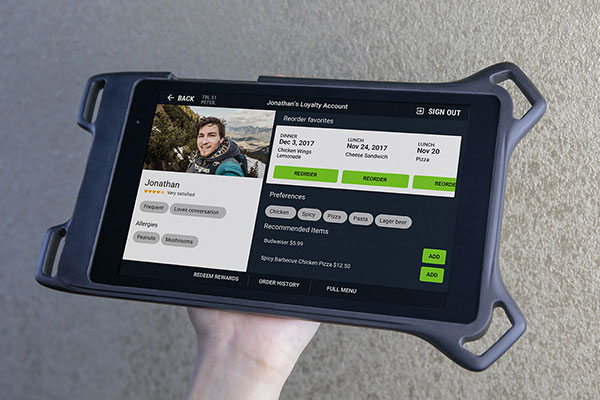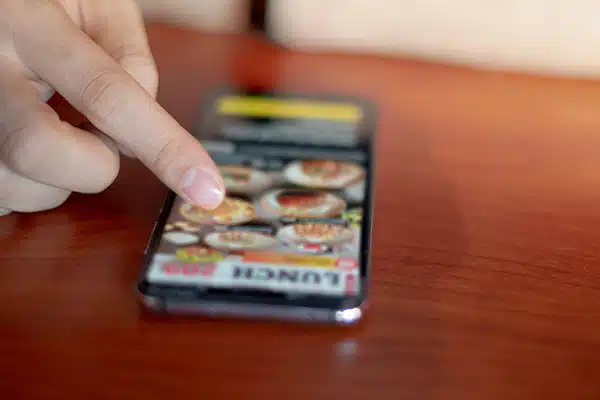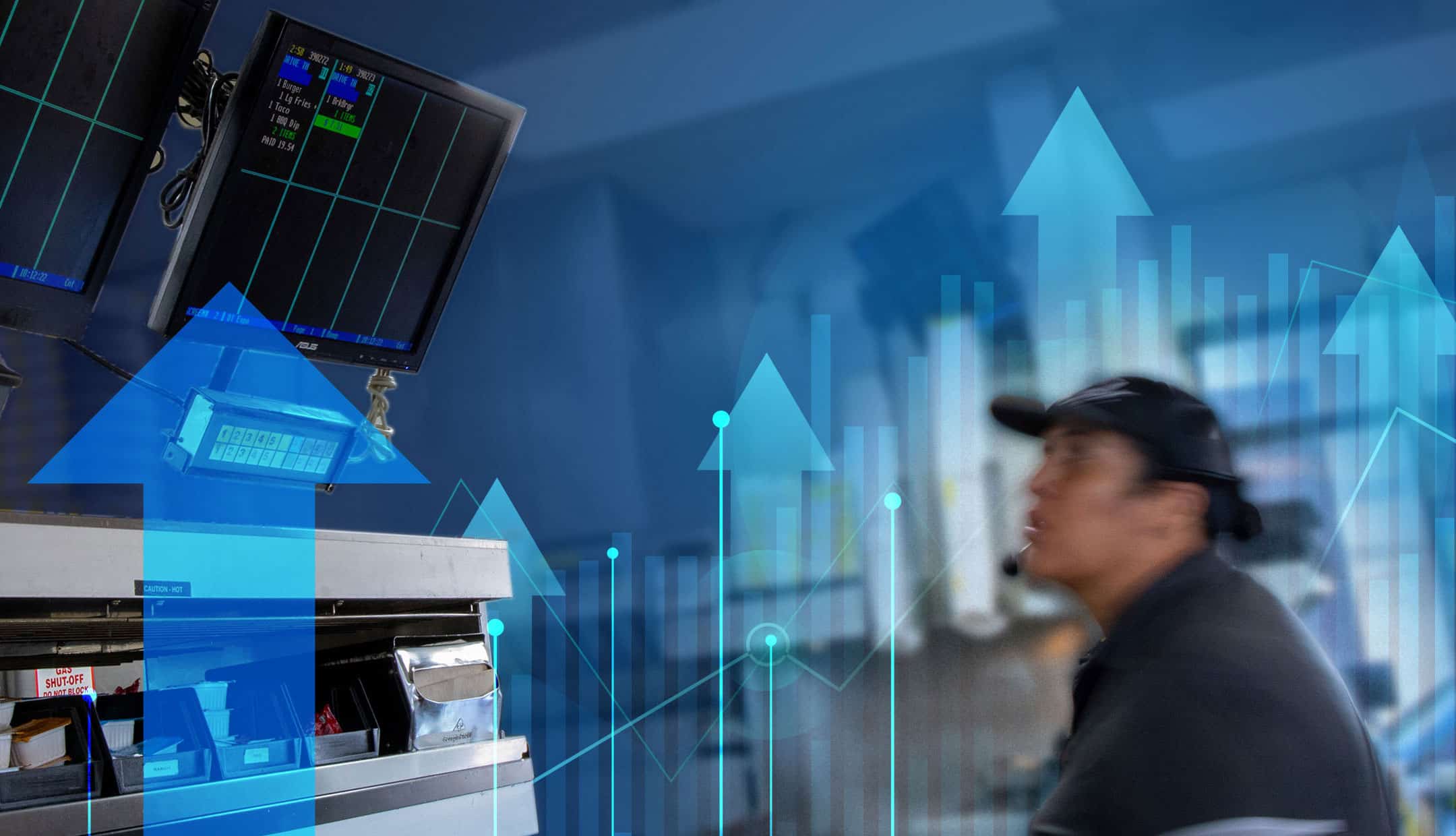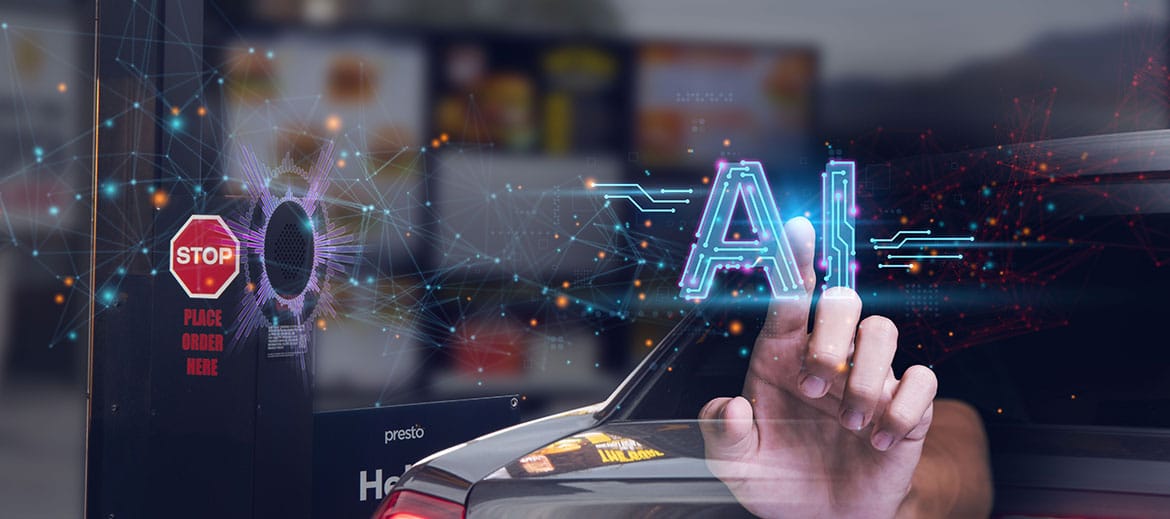As more restaurant technology solutions hit the market, restaurant operators now have more opportunities than ever to streamline their operations. Technology helps increase staff productivity, improve guest experience, and deliver actionable insights to managers. Now new guest demands for hygiene and safety are fueling the adoption of technology to promote social distancing in the age of COVID-19. Here is a list of the top technology trends that are growing rapidly in popularity and will soon be commonplace in the industry. Is your restaurant ready to keep up with the change?
Top 9 Restaurant Technology Trends for 2020
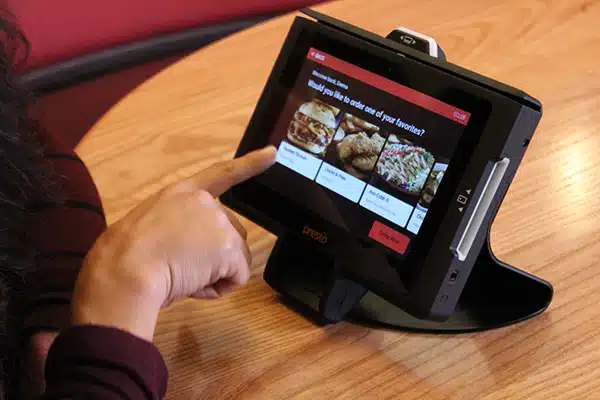
- Digital Waitlisting
How many times have you seen your guests enter your restaurant lobby and leave immediately after seeing the big crowd waiting for tables? Guests do not like waiting around in a crowded lobby, especially in light of COVID-19. There is a higher chance of them defecting to a restaurant next door instead.Digital waitlist systems have an advantage over a host with a clipboard because the process is entirely automated and makes the waiting experience more hospitable. Using their smartphone, guests can check in online and view wait-time estimates in real time. They can even browse the full menu, and pre-order or pay for their meal, all from the comfort of their own car. These capabilities ensure that guests feel taken care of and lessen the chance of them leaving to another restaurant. - Order-At-Table Technology
Online ordering has typically been reserved for preordering or for off-premise orders. But as guests seek to return to dining rooms with social distancing measures still in place, there needs to be a solution that allows guests to place their own orders. This is where order-at-table technology comes in. Using their phone, guests can scan a QR code and access the full menu. Once submitted, their orders are sent directly to the POS terminal and then the kitchen. During the entire process, guests do not need to interact with servers or flip through a physical menu. Guests can also filter menus by dining preferences and allergies.Restaurants can also deploy order-at-table tablets for guests who do not want to use their own phones to order. These devices enable guests to claim loyalty rewards and are more easily disinfected than a multi-page physical menu. - Pay-At-Table Technology
Pay-at-table technology works in a similar fashion as contactless ordering. Guests use their phone to scan a QR code, which takes them to the restaurant’s online checkout system. The benefits of this is that servers do not need to make multiple trips between tables and POS terminals to process payments. In addition, it promotes contactless payments at the table, thus meeting new public health guidelines. Guests and servers no longer need to exchange cash, credit cards, or paper receipts. Guests can pull up the check digitally whenever they need to, provide a tip, receive a digital receipt, and leave once they are ready.Similarly, this digital payment process can also be achieved through pay-at-table tablets. Tablets and QR codes can be linked to individual tables so that staff can distinguish between different payments on the POS system. - Kiosks
The use of self-order kiosks first started in quick-service chains to help shorten long lines and enable quicker checkout. Guests can walk straight up to a kiosk without waiting for a counter staff member, and order and pay for their meal. The touchscreens are generally large, easy to navigate, and support the restaurant’s full menu. Guests can log in and claim loyalty rewards. Kiosks can also be placed in the drive-thru to facilitate contactless off-premise transactions.Kiosks have powerful use cases in sit-down restaurants too. To keep the lobby experience hospitable, restaurant hosts can be augmented or replaced with self-seating kiosks. These kiosks allow guests to register for seating and notify them when their table is ready. Guests also have the option of picking their tables before being seated and can preorder their meals in the lobby. The devices can also serve as to-go kiosks that enable guests to submit to-go orders on their own directly to the kitchen. - Contactless Dining Solutions
In the wake of the coronavirus pandemic, there are now full technology solutions that enable your restaurant to provide an end-to-end contactless dining experience. Guests can be waitlisted, view the complete menu, place orders, and pay at the table—without the need for any human contact. They simply scan a QR code with their mobile device to access the online menu, place their order, and pay the check.The Presto Contactless Dining Kit supports all of the capabilities above. It comes with a tablet to display orders, as well as display placards and QR code stickers to help guests get started. Managers can easily edit the menu using an online portal. Guests can enjoy a hospitable dining experience that keeps them and staff members safe. You can set up the kit in less than an hour, with absolutely no out-of-pocket costs and no need to change your existing POS system. Watch a video on how contactless dining works. - Personalization
By using order and pay-at-table technology, your restaurant can automatically capture the information of guests who opt in. When they return to the restaurant, they can log into the device to be greeted by name, view their past orders, favorite meal items, and customized menus. Guests can easily reorder a customized order with a tap of a button. Guests also receive automatic recommendations based on their order history and preferences. They can browse menus that filter out items that they are allergic to.Your marketing team can also send guests personalized offers based on what they like and special dates. The result is an end-to-end VIP guest experience that is entirely automated and optimized. - Computer Vision
Computer Vision is a robust technology that allows you to quickly identify bottlenecks and get in-depth insights across your restaurant operations. For example, it can identify excessively long waits in the lobby to prevent guests from leaving. The technology also predicts guest experience scores and recommends managers immediate action items to ensure all guests leave on a positive note.The technology can also help your restaurant meet new social distancing guidelines and mask requirements. Rather than hiring more people to help enforce these measures, you can use Computer Vision to ensure guests and staff members maintain the proper amount of distance from each other. It can monitor the number of individuals present in a restaurant environment at any given time. Additionally, the technology provides insights into face mask usage by guests and staff in real time. - Staff Tablets
These tablets enable servers to view guest profiles, enter orders, take payments, and obtain real-time feedback—all from the palm of their hands. This enables servers to greet guests by name and offer them personalized recommendations. The tablets can be customized for tableside ordering and payments with seamless POS integration. With these convenient handheld tablets, servers no longer need to make multiple trips to the POS terminal.In addition to providing a personalized guest experience, staff tablets can also be used to take orders and payments from guests while they are in line at a drive-thru or restaurant lobby. This line-busting technology shortens lines, speeds up throughput, and provides a better guest experience. - Voice Recognition
Consumers are now widely using voice-activated technology to conduct tasks on their phones and smart home devices. The technology enables speed and convenience, such as being able to change the radio station while driving with a simple voice command. The technology is also being deployed in restaurants to improve operational efficiency and order accuracy.Thanks to advanced artificial intelligence algorithms, voice-ordering can be more accurate and faster than manual order-taking. This form of technology is most widely used in drive-thrus. Drive-thru guests can place orders at the order window without staff members needing to input the items themselves into the POS system. All staff members need to do is confirm the guest’s order. As a result, staff members can focus more on greeting guests and inform them about the latest promotional offers.
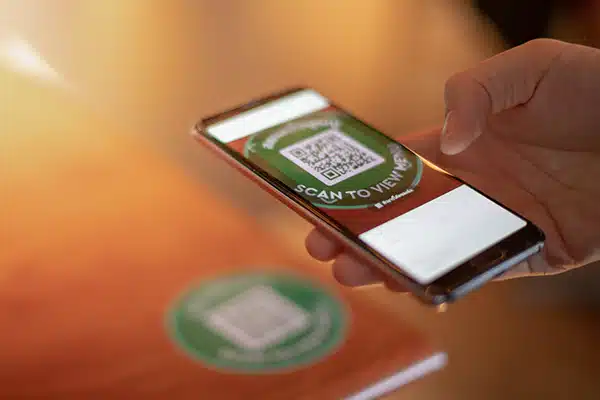
Restaurant technology has often been the key for operators looking to increase speed of service. Now, new guest demands for safety and hygiene are accelerating the pace at which restaurants adopt technology. The good news is that you do not need to invest too much time and resources into bringing technology into your restaurant. Get set up with a Contactless Dining Kit in less than an hour with no need to change your existing POS system. With the kit, guests can be waitlisted, view the complete menu, place orders, and pay at the table—without the need for any human contact. Visit presto.com/contactless/ to learn more.
